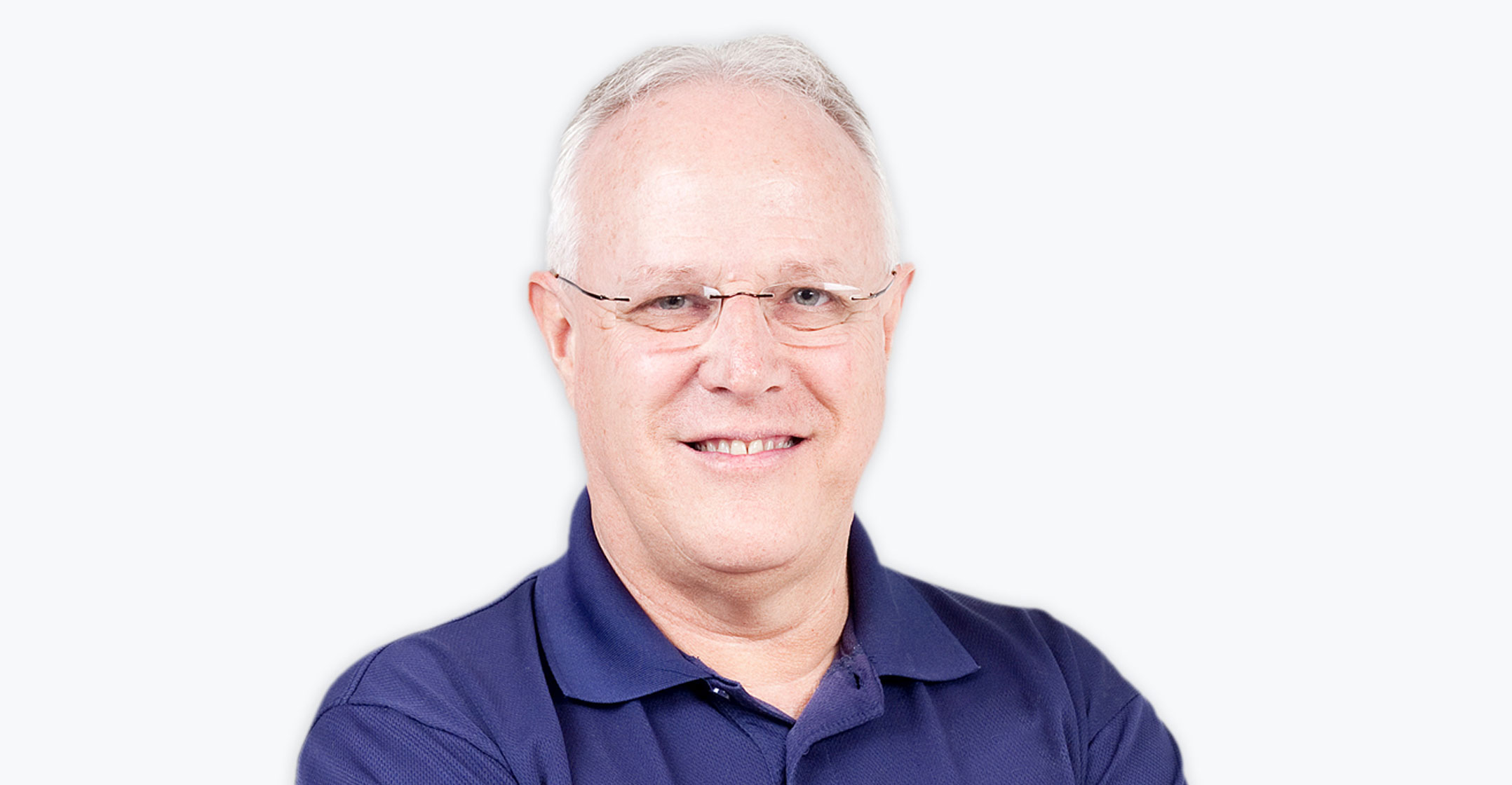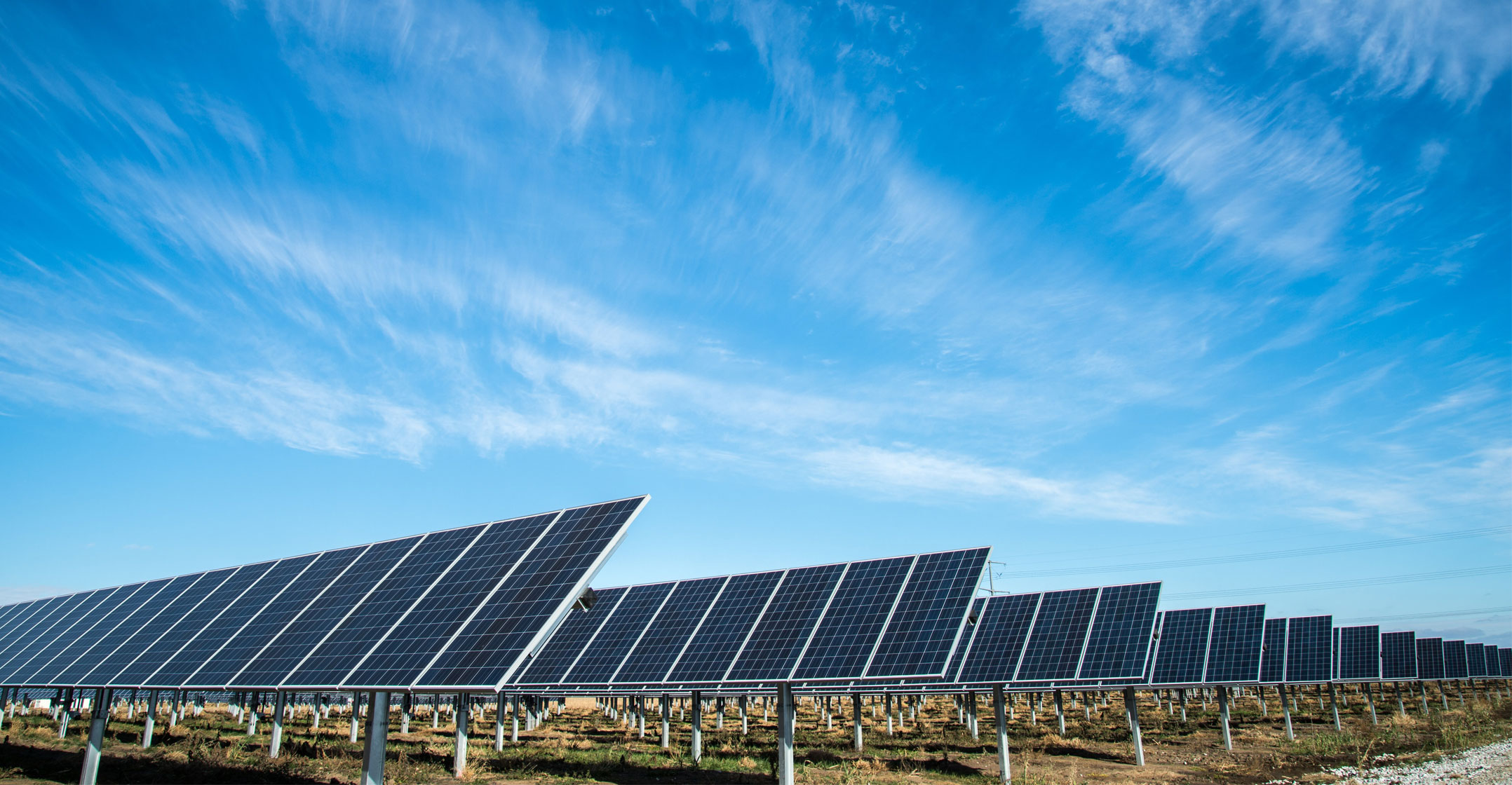
On the first day of energy regulator Nersa’s public hearings about a possible more-than-20% increase in Eskom tariffs, the utility’s chief financial officer, Calib Cassim, admitted that Eskom is unlikely to achieve the 72% energy availability factor (EAF) of its generation fleet underlying the application.
According to Chris Yelland, MD of EE Business Intelligence, the EAF figure came in at 61.75% for the last calendar year, down from 64.79% in 2020. He says the trend has been downward and it is highly unlikely that Eskom will be able to turn it around.
According to Cassim, the loss of Medupi Unit 4 due to an explosion was not factored into the 72% EAF assumption. Moreover, Yelland points out that one unit of the Koeberg nuclear power station will be out of service for most of the year, as the generators in first the one unit and then the other are due for replacement. This represents a loss of about 1.7GW to the system.
Yelland is concerned that a sharp downward revision of the EAF assumption will result in an increase in Eskom’s revenue requirement and therefore a bigger tariff increase. “If the coal-fired generation units underperform, Eskom will have to provide for the increased running of open-cycle gas turbines (OCGTs) to keep the lights on,” he says.
This is one of several underlying assumptions that Eskom will adjust.
Cassim is expected to deal with more changed assumptions during the second day of public hearings today (Tuesday).
In answering a question from a member of the Nersa panel, Cassim said Eskom prepared its application before President Cyril Ramaphosa announced the licensing exemption for private power producers for projects up to 100MW.
Less reliant
This is expected to impact on Eskom’s sales volumes as especially large power users embark on projects to become less reliant on Eskom.
Although the full effect may not be felt in the coming financial year yet, any downward revision of the sales volume assumption will also drive tariffs up, warns Yelland.
Eskom has pointed out that about R70-billion of its total revenue requirement of R279-billion is for the cost of buying electricity from independent power producers (IPPs).
The tariffs it pays and the terms of the power purchase agreements were negotiated by the department of mineral resources & energy and Eskom merely passes the cost on to the consumer. Yelland says Eskom has no control over the cost.
Cassim also indicated that he will address the assumptions relating to the IPP cost. He was responding to a question from the Nersa panel about the cost of the IPP tariffs for the first few rounds that was very high.

Some of these agreements have been renegotiated and Nersa received applications to adjust the tariffs downward. Consequently, Cassim faced questions at the hearing on whether Eskom has taken such reductions into account.
Meanwhile, Eskom may also have to relook the inclusion of projects in government’s risk mitigation procurement programme.
Karpowership has the largest portion of the 2GW allocation. The award to this company for three gas-powered powerships is the subject of litigation, and financial close has not yet been achieved on any of the projects in this programme.
Chances are becoming slim that the projects will be up and running during the next financial year and Eskom may decide to exclude these projects from its IPP cost. This represents almost R11-billion of the R70-billion IPP cost.
Yelland says the impact on Eskom’s revenue requirement of excluding the risk mitigation programme depends on how it is treated. “They cannot just exclude it without providing for some generation capacity to fill that gap. It will most probably also be OCGTs, which may even be more costly,” he says.
What about selling assets, reducing headcount, getting salaries under control, improving procurement, leasing land and generally cutting costs?
Yelland points out that Eskom has only two solutions for the money it needs – it wants it either from the consumer or from the taxpayer.
“There are a number of things that can be done simultaneously to alleviate the pressure on Eskom. It can get revenue from the consumer, but not 20% more, and it can get assistance from the taxpayer, but also only to a limited extent,” he adds.
“What about selling assets, reducing headcount, getting salaries under control, improving procurement, leasing land and generally cutting costs?” he asks.
Yelland says if Eskom gets a 20% increase, together with other amounts from clawbacks and court rulings, the increase may even be as much as 40%. He believes that if this happens, the economy will go into “a nosespin”, while Eskom’s sales volumes will further deteriorate, putting the state power company in a worse position.
But Yelland also notes that in reality Nersa seldom awards Eskom what it applies for.
- This article was originally published by Moneyweb and is republished by TechCentral with permission




